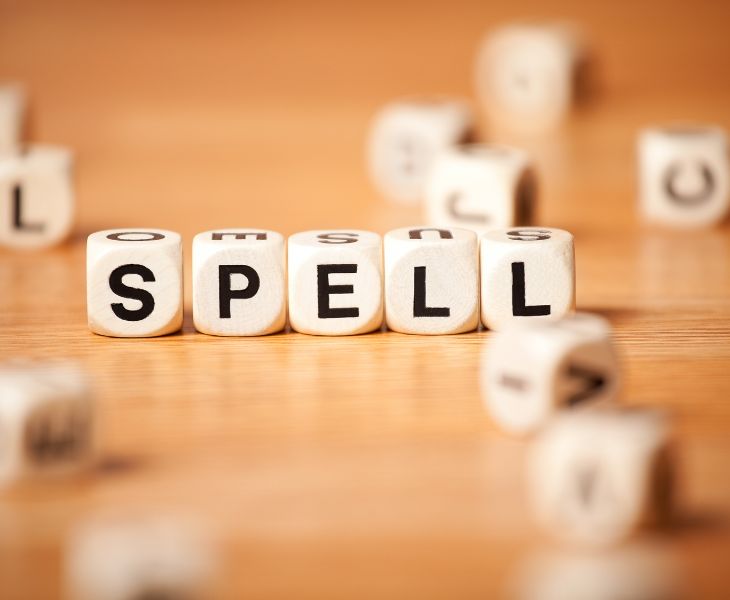As one of the basic building blocks in education, spelling has received a lot of scrutiny over the years, with vastly different opinions on how it should be taught. Methods for teaching students how to spell have changes over the years, going from strict wrote learning to a more experiential style back to a more formalised, direct instruction approach.
This return to direct spelling instruction is backed up research, including a 2014 meta-analytic review in the journal Reading and Writing, showing that explicit teaching results in gains in spelling, reading, writing, and phonological awareness, which are maintained over time.
Direct instruction is not simply a matter of encouraging rote learning, but involves specific strategies that allow children to better predict how to spell words they may have never encountered before.
The difficulties with English spelling
Unlike phonetic languages — languages that have a strong correlation between spoken and written sounds — English can seem baffling. There are 44 distinct sounds, with words drawn from Germanic, French, Greek, and Latin languages. English is also so widely spoken, vowel sounds can have a closer or more distant relationship from the spelling of a word. Further difficulties arise from the fact that the language as it is pronounced has morphed over time whereas the alphabet has retained old spelling.
Take the word “slough” as an example. When referring to the English town, Slough is pronounced “slou” (rhymed with cow). If referring to skin slippage, it’s pronounced “sluff”.
With such complexity of spelling and pronunciation., being able to properly spell is no mean feat. This is why the implementation of a range of strategies is help boost spelling is vitally important to students.
5 key strategies for boosting spelling proficiency
- Phonics – This involves breaking down words into their individual sounds. Students learn the basic building blocks of a word, applying these sounds and their corresponding letters (or groups of letters) when spelling or reading new words.
- Memorisation – While phonics helps students decode words with a logical approach, there are many English words that can’t be logically broken down, such as saw, could, or said. Here, there is no choice but to encourage memorisation.
- Reading – The whole language approach, where students acquire language without specific phonics-style teaching, has largely been discredited, yet reading is still a powerful tool to complement direct spelling instruction. As children gain exposure to both familiar and new words some are committed to memory while reinforcing rules already learnt.
- Multimodal activities – As put forward in the book Spelling: Approaches to Teaching and Assessment by Peter Westwood, mouth, ear, eye, and hand all contribute when learning to spell. Students can benefit from seeing a word written, hearing how it sounds, and from the muscle memory of actually forming the letters manually.
- Link with context and meaning – Words don’t exist in a vacuum. Words are much more memorable if they are presented in context. Long lists of disparate spelling words distributed by the teacher for students to take home and practice is not seen as the best approach nowadays. Rather, words can be learnt as part of a specific topic, or grouped together to demonstrate a rule that needs to be encoded.
From writing implements like pens, pencils, and markers to books, whiteboards, and other classroom resources, COS has you covered, ensuring you have everything you need to deliver quality lessons to students of any age. To see what COS can offer your school, you can reach out to our expert Education team on 1300 79 27 85, or email education@cos.net.au.

